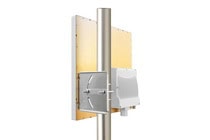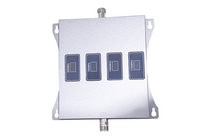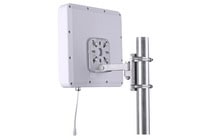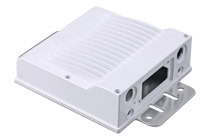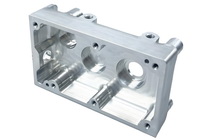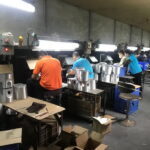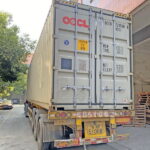The choice between metal and plastic enclosure for wireless communication systems depends on the specific requirements of the application, including environmental conditions, signal integrity, thermal management, regulatory compliance, and cost considerations. By carefully evaluating these factors, you can select the most suitable enclosure for your wireless communication system. Here’s a guide to help you make an informed decision:
1. Identify the Application Requirements
– Environment: Consider whether the enclosure will be used indoors or outdoors, and evaluate exposure to moisture, dust, chemicals, or extreme temperatures.
2. Material Properties
Metal Enclosures:
– EMI/RFI Shielding: Good for sensitive applications.
– Durability: Protects against physical impacts and environmental factors.
– Heat Dissipation: Effective for high-power devices.
Plastic Housings:
– Weight: Lighter and easier to handle.
– Corrosion Resistance: Suitable for humid or corrosive environments.
– Cost-Effectiveness: Less expensive option.
3. Signal Integrity – Antenna Placement: Ensure that the enclosure design allows for optimal antenna placement and signal transmission. Consider using plastic for enclosures that house antennas to minimize signal loss.
4. Thermal Management – Heat Generation: Assess how much heat the components will generate and choose materials that can handle the thermal load. Metal can help dissipate heat, while plastic may require additional ventilation or heat sinks.
5. Regulatory Compliance – Standards: Ensure that the enclosure meets relevant industry standards (e.g., IP ratings for ingress protection, NEMA ratings for outdoor use, FCC regulations for wireless devices).
– Certifications: Check if the material has the necessary certifications for safety and electromagnetic compatibility.
6. Customizability and Design – Modifications: Determine if you need to modify the enclosure for ports, ventilation, or mounting. Metal can be more challenging to modify than plastic.
– Aesthetic Considerations: Consider the visual appeal of the enclosure, especially for consumer-facing products.
7. Cost Analysis – Budget: Evaluate your budget for the enclosure. While metal may provide better protection and shielding, the cost may be prohibitive for some applications.
– Lifecycle Cost: Consider the total cost of ownership, including maintenance and potential replacement.
8. Prototyping: If possible, make prototypes by using 3D printing to test performance in real-world conditions before making new tooling/mold.





